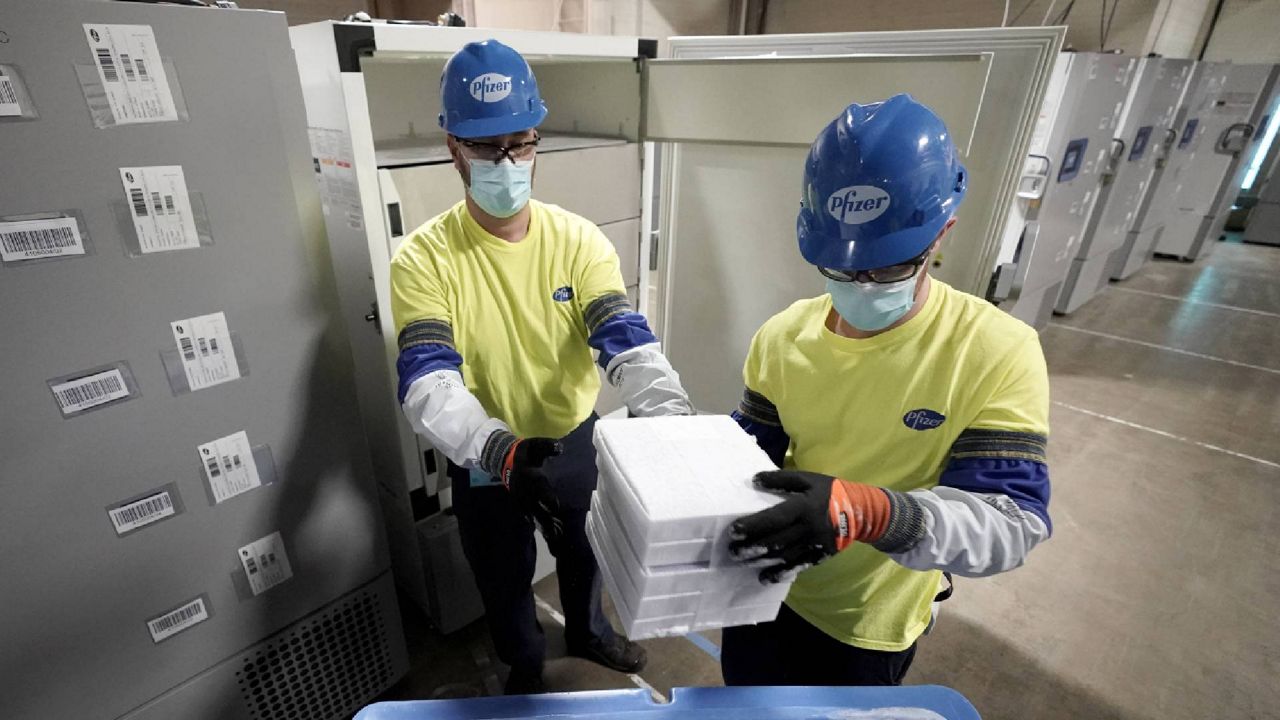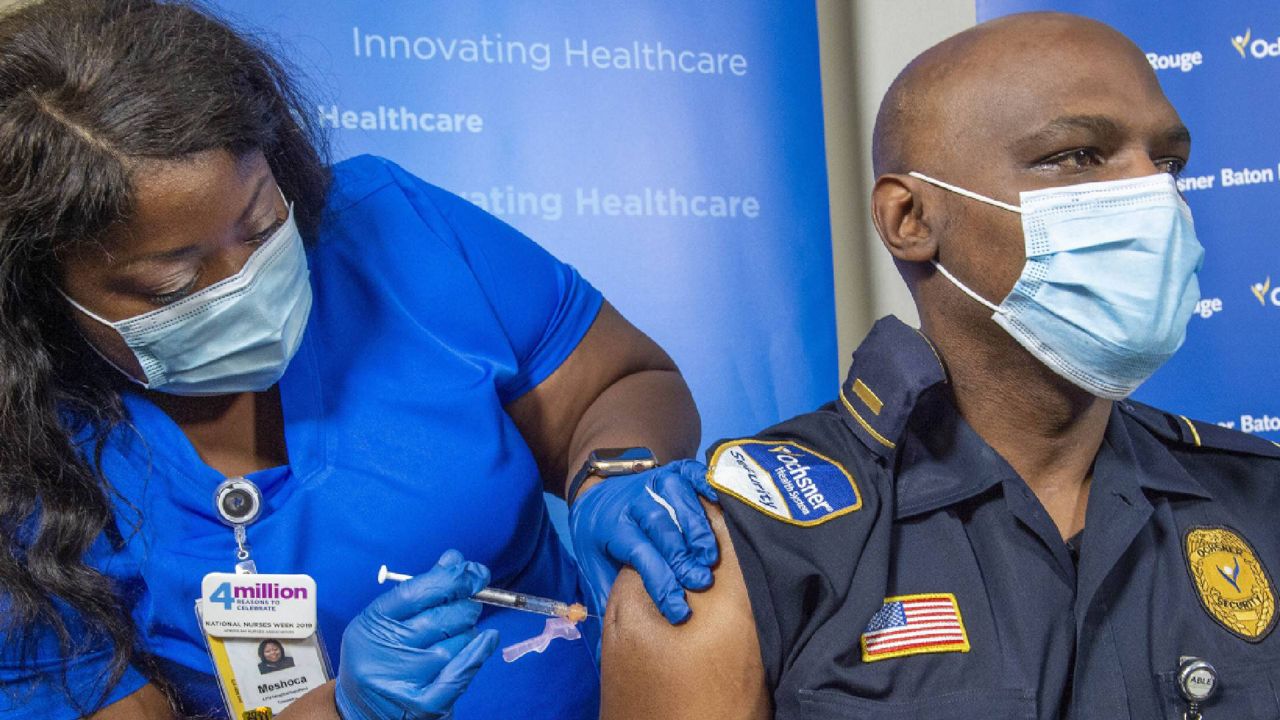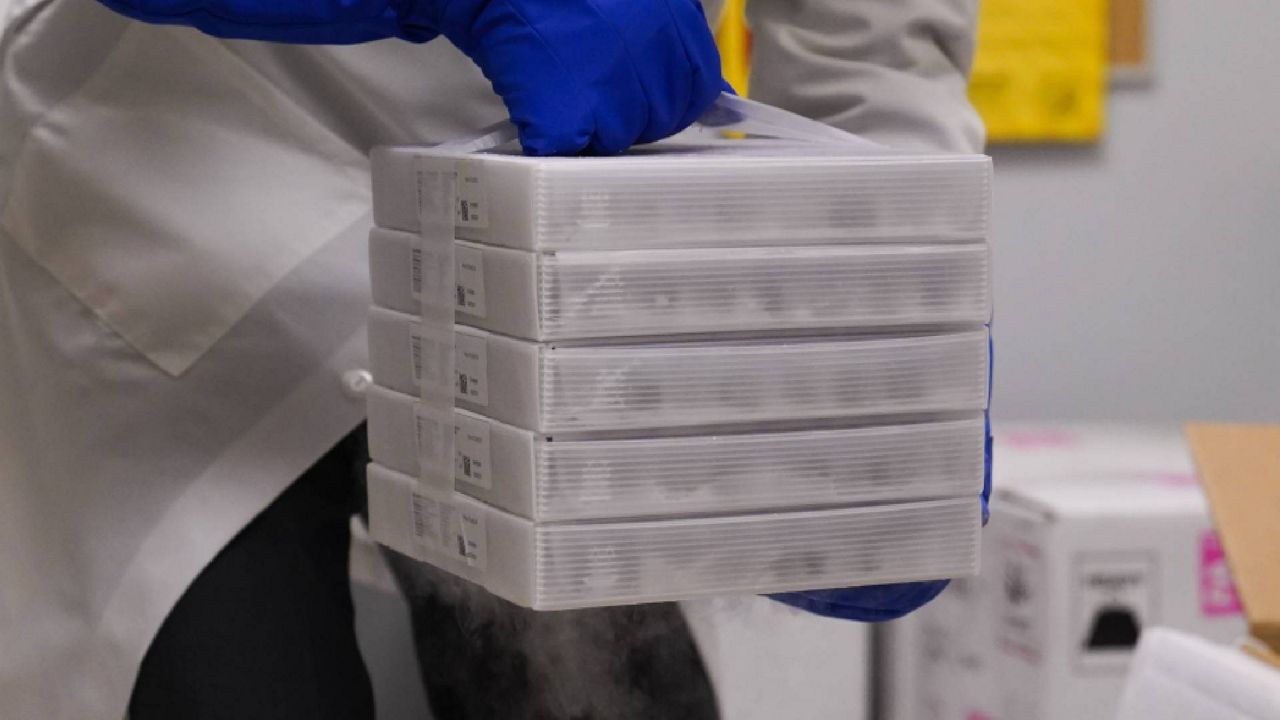In new guidance issued Tuesday, the panel advising the Centers for Disease Control and Prevention on who should be prioritized for COVID-19 vaccines spelled out exactly which groups could be included in the next wave of vaccinations.
On Sunday, the committee voted to recommend prioritization of older Americans, essential workers and those with underlying health conditions in the next phases, which accounts for tens of millions more people.
But it’s unclear when each of the groups get their turn. Based on the current supply of doses, vaccinating people in the next two phases could start in mid-January, but it would gradually continue into late spring of 2021 unless another vaccine is approved.
In its guidance published Tuesday, the Advisory Committee on Immunization Practices outlined more details of its proposed phases 1B and 1C. Phase 1B includes Americans 75 and older and frontline essential workers, who would come after the health care workers and long-term care facility residents being vaccinated now.
Essential workers in the next phase include first responders like firefighters and police officers, corrections officers, food and agricultural workers, U.S. Postal Service workers, manufacturing workers, grocery store workers, and public transit workers, as well as teachers, school staff, and childcare workers.
The panel’s recommendations are sent out to states as guidance, and the decision about which of those groups comes first or how the vaccine is allocated is ultimately up to local and state officials.
In the third wave of vaccinations, Phase 1C, the panel voted to prioritize Americans 65 or older and anyone over age 16 with a medical condition that puts them at high risk for severe COVID-19. (The Pfizer-BioNTech vaccine is currently approved for people over 16, whereas Moderna’s is authorized for those 18 and older.)
High-risk medical conditions outlined by the CDC include cancer, chronic kidney disease, COPD, heart conditions such as heart failure, obesity, type 2 diabetes, sickle cell disease, smoking and people who have had an organ transplant.
Phase 1C can also include other essential jobs such as construction workers, bank employees, IT workers, engineers, members of the media, and public health workers.
All told, the groups outlined in the new recommendations make up more than half of the U.S. population, or another 179 million Americans, according to a CDC estimate.
With the country’s current rate of supply, the U.S. expects to vaccinate about 100 million people by March 1, according to officials working on Operation Warp Speed. That means vulnerable populations in Phase 1B and 1C would continue to be vaccinated into late spring.
The timeline could speed up significantly if another vaccine is approved, which could happen early next year. Officials say Johnson & Johnson’s ongoing trials could wrap up in January, putting it on track for a U.S. emergency authorization in early February.
“We are working hard with Johnson and Johnson … to ensure that we maximize or optimize the number of vaccine doses that would be produced,” Dr. Moncef Slaoui, who oversees vaccine development for Operation Warp Speed, said Monday. “We're optimistic that it should progress quickly.”
So far, more than 11 million doses of vaccine have been allocated to U.S. states, cities and territories. By the end of the week, Pfizer will have shipped 5.8 million doses of its vaccine and Moderna started shipping its first 5.9 million doses over the weekend.
Officials still expect to distribute 20 million total doses by the end of the year, with 30 million more to go out in January.








